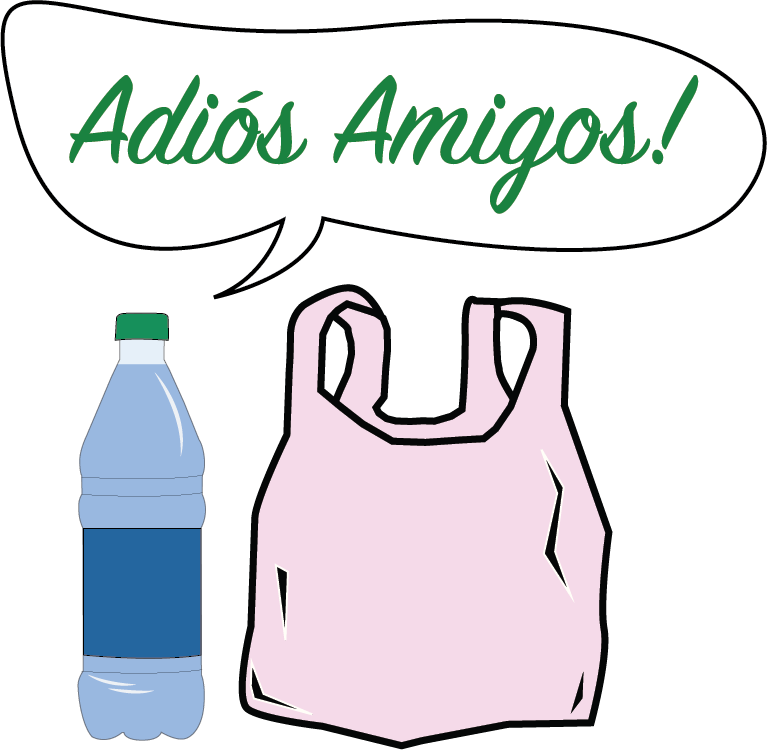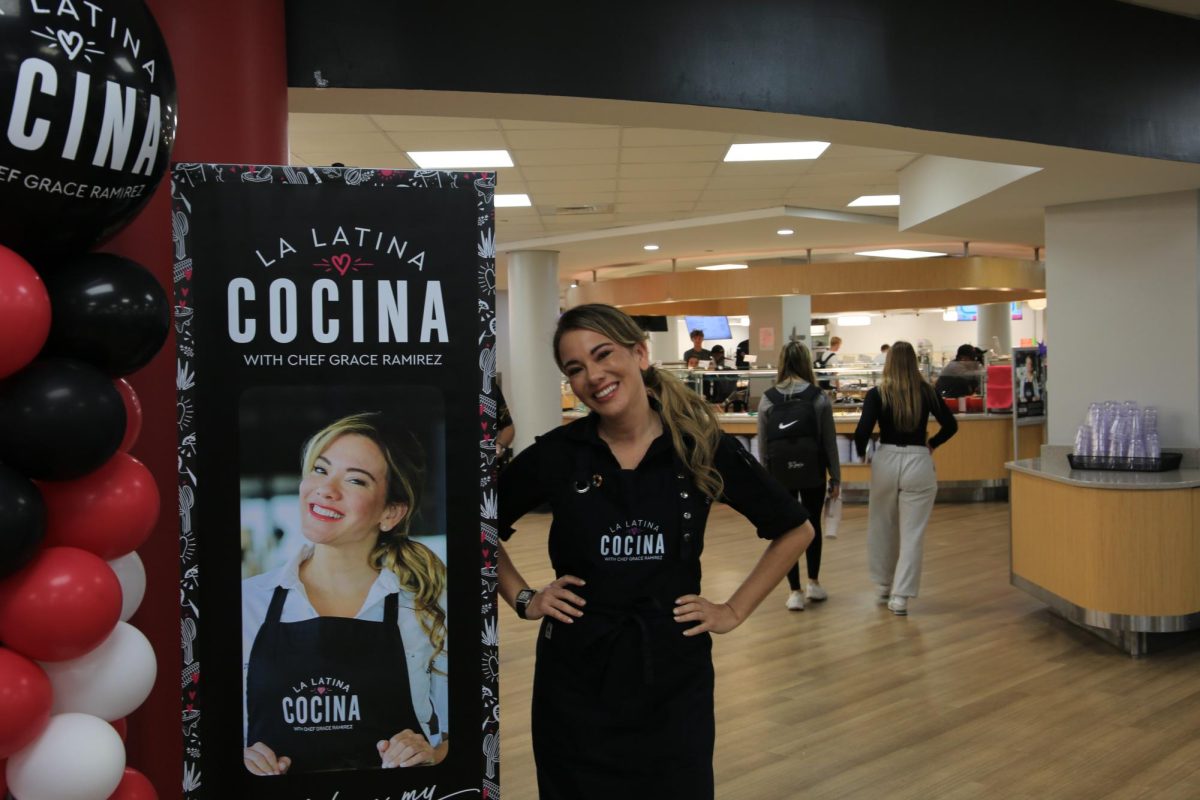Getting rid of plastics for a week
Like a lot of people, I’ve made some well-intentioned attempts to eliminate plastic from my life. I carry a reusable water bottle and Thermos. I always bring my own bags when I grocery shop. At some point I even started making tiny, drop-in-the-bucket choices like saying no to plastic straws in restaurants and occasionally foregoing the plastic lids on take-out cups.
Efforts like these have been enough to appease a guilty conscience for some time. But while I’ve found validation knowing that my personal plastic consumption could be a whole lot worse, convenience still often wins out over responsibility, even though I know better.
I recently decided to follow through on my half-ventures into eco-friendliness. So after one last cup of coffee from my Keurig, I put the K-cups away and bravely embarked on a week without plastic, starting with the biggest culprit in the world of plastic waste: single-use disposables.
According to Worldwatch Institute, an organization dedicated to global concerns, over 300 million metric tons of plastics are produced globally each year. Nearly half of this volume comes from products and packaging that are discarded within a year of their purchase. Most of these materials end up in landfills and oceans.
It didn’t take long to realize just how present single-use plastic is around me, from items in vending machines to containers and utensils in dining halls. When lunchtime rolled around the first day of my challenge, I was hard-pressed to find a single item in the POD not individually-wrapped or otherwise encased in plastic, aside from a banana and a canned energy drink.
SJU Green Fund, which sponsors campus-wide projects related to environmental sustainability, has addressed plastic consumption and disposal at Saint Joseph’s University. One of the organization’s recent endeavors sought to limit the university’s demand for single-use plastics.
“The water bottle filling stations are our way to taking control of our carbon footprint here at SJU,” said Thomas Pearsall, ’17, a Green Fund executive board member. “We wanted to provide a way for people to be able to refill their water bottles at places other than the dining hall and have the water more filtered than with water fountains.”
These efforts have already been successful at reducing the campus’s reliance on disposable plastics, according to Pearsall.
“What is so cool about these stations is that it actually tracks our progress in how many water bottles have been kept from landfills by simply refilling it, whether it be plastic or not,” Pearsall said. “This impact has been huge, as the counters have all run very high, but they reset themselves at times, so it’s difficult to know the exact numbers or even give a guess.”
I managed to steer clear of plastic bottles and other disposable items during the week, in part thanks to these water stations. But as time went on I couldn’t help but notice that the amount of total trash I produced wasn’t exactly lessening. I seemed to be mostly trading in one type of waste for another—a Styrofoam cup for a paper one; a plastic-bagged treat for one wrapped in foil. I felt like I was cheating, or at least that I’d found some counterproductive loophole in my environmentally-friendly mission.
“It really depends on what you are switching to,” said Jonathan Fingerut, Ph.D, associate professor of biology and director of the environmental science program. “If you switch to things that are reusable, like silverware, then the total footprint can be greatly reduced.”
Even if my changes this week were positive ones, there were still a disheartening number of plastic items I hadn’t cut out of my life. My reusable water bottle, useful as it is, is made from plastic. So is the pitcher I use to fill it. I asked Fingerut if my limited efforts could ever be good enough.
“It’s a small drop,” Fingerut said. “You using disposable cutlery by itself is not doing a huge amount of damage to the environment, but an entire school doing it can start to add up. If you can be an example for others, then in aggregate there can be a big impact.”
I discovered that such small changes don’t need to be a huge interruption to daily life I discovered. In fact, I was surprised by just how little I struggled to carry on normally during my seven days of plastic-free living. The only roadblocks that arose occurred when doing something outside of my normal routine, like in avoiding plastic plates and utensils at Bridging The Gap’s Taste of The World event—a problem I eventually solved with the help of wooden chopsticks, paper napkins and determination.
Making the jump from an awareness of eco-friendly habits to changed behavior is not always so straightforward, though, according to Pearsall.
“We are making strides towards reducing consumption with our water bottle refilling stations,” Pearsall said. “but it takes a large amount of time.”
In my own experiment too, it’s clear that my efforts to pursue a more environmentally-friendly lifestyle have only just scratched the surface. But by continuing to chip away at my ecological footprint in these small ways, I can still feed into a culture of people who are increasingly more intentional about what they buy, consume and throw away.
SJU Green Fund’s ultimate goal of eliminating the sale of disposable single-use plastics on campus—its next big project—stems from a similar mindset.
“In order to reduce consumption, we need to first change the culture of consumption and educate people about the impact of consumption practices,” Pearsall said.















































